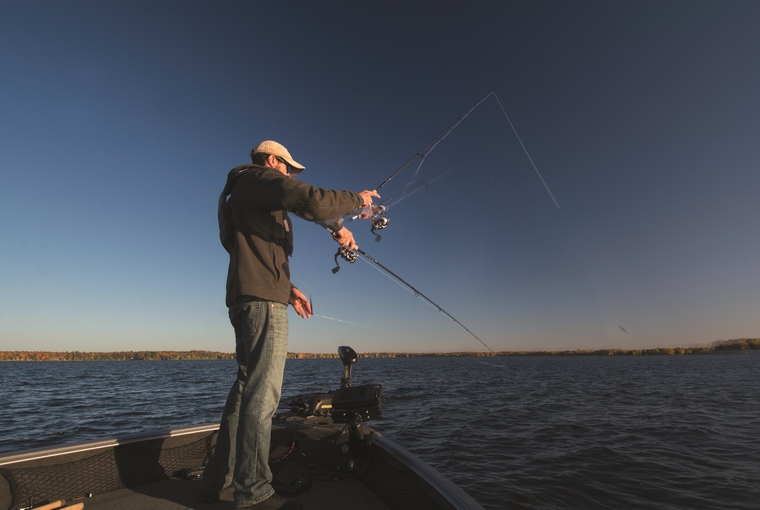
Being able to accurately pitch a bait is a good skill to have as a walleye angler. Short, gentle casts are great for catching walleye relating to cover, specific structural elements like rock ledges, and current breaks.
Here’s a refresher on this precise, short-string tactic.
Annnnd here’s the pitch
The definition of pitching is rather loose in the walleye wordbook. Underhand, overhand, and side casts are all acceptable for “pitching a jig” for shallow walleye. The headline here is using whatever method works best for you to cover water as efficiently as possible.
I prefer an underhand pitch for hitting close targets (see photo, above). When pinpoint accuracy isn’t required, I may side-arm cast. The variation in body movements can prevent muscle strain.
A 6’6” medium spinning rod is a good choice for pitching. Although, I use some slightly longer as well as medium-light rods for light baits. See below for line suggestions.
I prefer an underhand pitch for hitting close targets. This light, smooth cast is gentle on live bait. I flick my wrist while raising the rod after releasing the jig with my other hand. Holding a bait isn’t mandatory. It’s certainly not recommended with a lipless crankbait.
Short-game strategy
Pitching makes sense when fish are close. Consider a school of walleye scattered on a 10-foot sand or mud flat. Creeping along and pitching is my preference as it catches the closest walleye first. In contrast, making a long cast and immediately hooking a fish pulls it past a lot of walleye, putting them on high alert. Worse is hooking a big pike that was on the prowl and having it go berserk, scattering walleye and spoiling their appetites.
Work cover with precision
Pitching is effective for catching walleye relating to cover. For instance, a series of short casts with a jig, drop-shot, or float is an efficient way to work an irregular weededge. When walleye are under fallen trees extended over deep water, pitch a jig or slip float set-up into openings and along the timber’s outer edge. Standing brush is another scenario where several short casts are the way to go to pick apart cover with the least risk of snags.
Tiptoe around rocks
Walleye love rocks. When catching them requires bottom contact, pitching is a good option. Use as light a bait as possible around rocks. This limits how deep it wedges into rocky nooks and crannies. But, if a snag occurs, being close makes fast work of retrieving the bait.
Reliable in rivers
Pitching a streamlined jig, lipless crankbait, or bladebait into current breaks is deadly. Toss the bait up current, let it hit bottom, then hop it down the flow until it’s under the boat. Again, go as light as possible to lessen snags over rocky terrain.
Boat control matters
Proper pitching technique begins with good boat position. When fishing from the front, moving into the wind, using a bow-mount trolling motor is the way to go. When the wind is blowing perpendicular to a weededge or shoreline, nose into the breeze while pitching at a 45-degree angle or sideways.
Using an electric motor’s Spot-Lock feature helps in rough water. I also use it after hooking walleye. With the boat held in place, I’ll land the fish, then pitch to the spot again. Frequently, there are more walleye around.
Line considerations
Differing fishing line densities and diameters influence a bait’s sink rate, impacting its action. Some days, a slower descent is better. A lazy drop gives the presentation more time to get noticed, while looking vulnerable.
A fast fall is better in other scenarios. One friend of mine catches walleye pitching a ⅜-ounce jig and plastic minnow along edges and into pockets in shallow weeds. The heavy jig crashing on bottom triggers reaction strikes. He uses 10- to 12-pound copolymer for its shock-strength to cushion a big walleye’s strike on short string.
While long-lining cranks and far-distance casts have applications for walleye, pitching is a potent, precise approach. Give it a try this season.
What I pitch
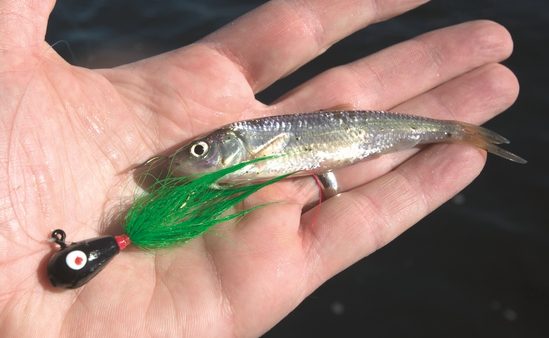
- Jig: 1⁄16- to 3⁄8-ounce ball-head jig, or streamlined jig with weed or brush guard. Tip it with a minnow, leech, or worm. For plastics, use 3- to 4.5-inch minnows, swimbaits, grubs, and worms.
- A Slip float: I’ve caught many May walleye pitching a float dangling a jig and minnow into openings and along edges in weedbeds, then soaking the rig.
- Drop-shot: It has a different look than a jig. It can be more efficient, too, around rocks where snags only steal the sinker, not the entire rig.
- Crankbait/blade bait: Pitch a lipless crankbait or bladebait on soft-bottom areas or rocky zones where snags are limited. The vibrations and wobbling action of these baits attract walleye.
- Jigging minnow: A vertical jigging minnow is a good option in open-water areas.
Line weights
Around weeds
Fifteen-pound braid slices through plants, while providing strength. Add an 18-inch, 10- to 12-pound fluorocarbon leader.
Away from cover
Six-, eight-, and 10-pound braid, fluorocarbon, and mono lines are all options. Experiment for best results.

Tim Allard is a full-time freelance journalist and photographer based in Ottawa. He’s the author of the multi-award winning book Ice-Fishing – The Ultimate Guide. Reach Tim at [email protected]
Originally published in the May 2020 issue of Ontario OUT of DOORS.


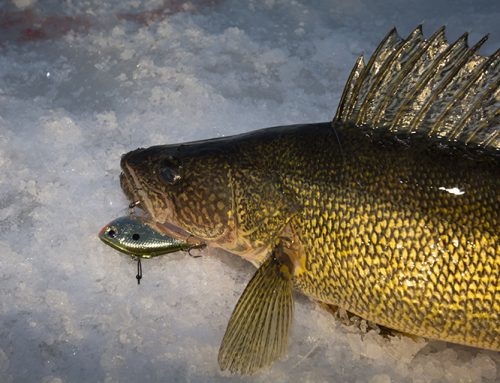
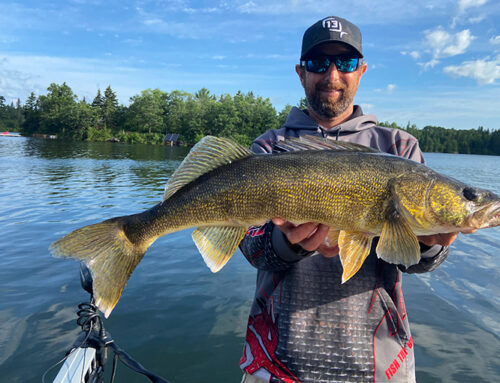
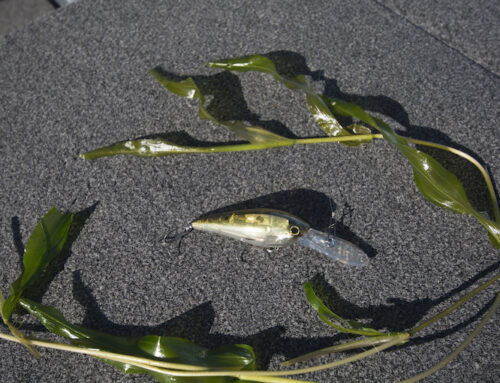
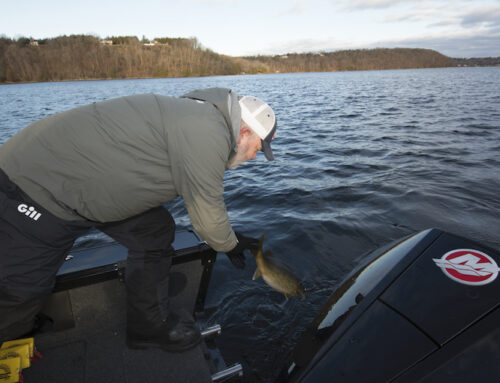
Leave A Comment